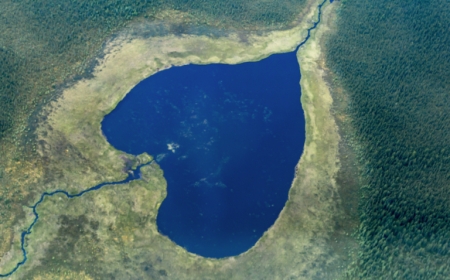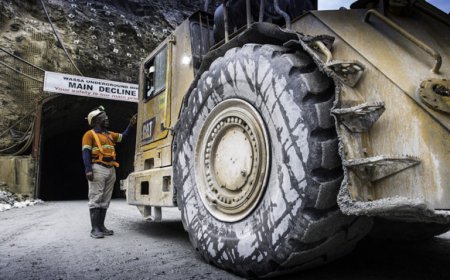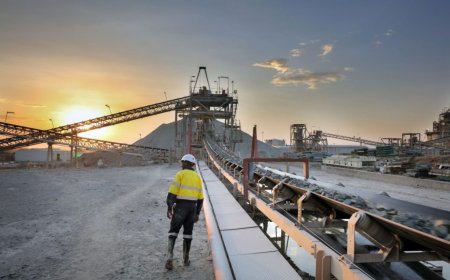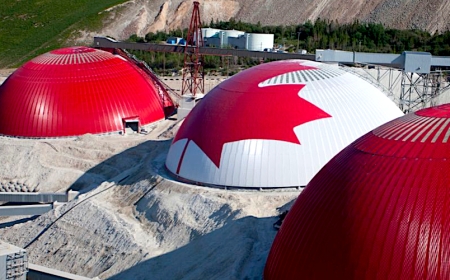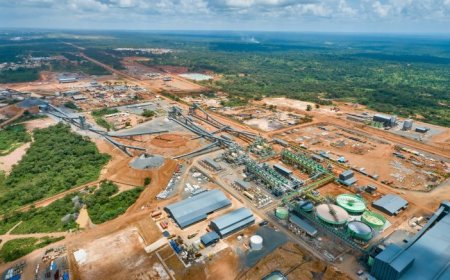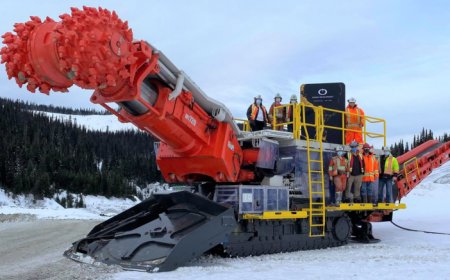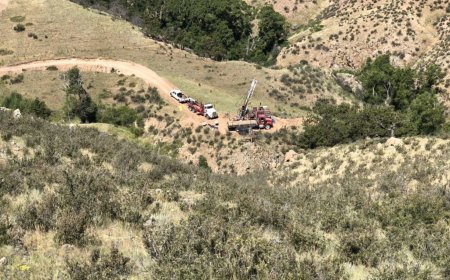BHP unveils first natural capital accounting results
BHP (NYSE: BHP; LSE: BHP; ASX: BHP) has released results of a pilot case study on the application of natural capital accounting principles in the mining sector, which focused on its rehabilitation efforts at the Beenup mineral sands mine in Western Australia’s south.
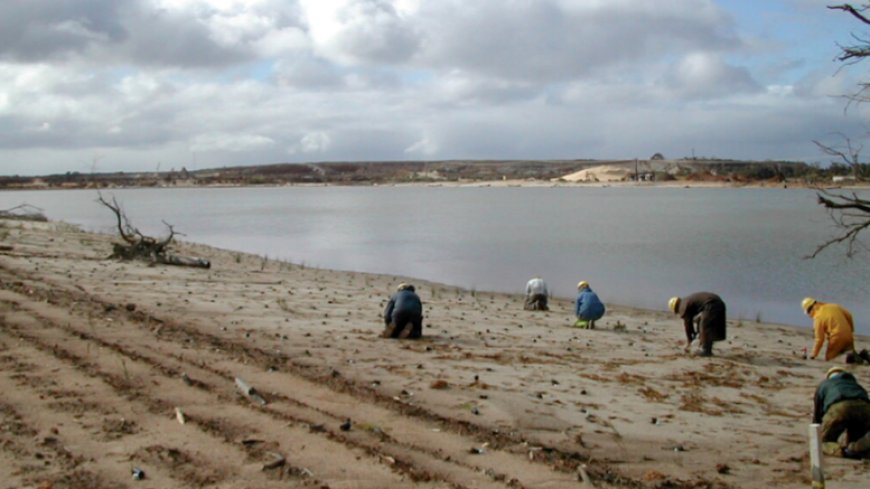

Natural capital refers to the stock of renewable and nonrenewable resources, such as plants, animals, water and air, which combine to yield a flow of benefits to people.

The account by the world’s largest miner is an industry first, as it provides an environmental accounting framework to measure the amount, condition and value of environmental assets.
According to BHP, applying natural capital accounting (NCA) also helps to describe changes in ecosystems and how they could impact wellbeing and economies.
Using a range of valuation approach and for illustrative purpose only, that Beenup’s restored ecosystems could have an estimated net present value (NPV) of between A$30 and A$40 million (US$20-US$27 million) in BHP’s fiscal year 2020/2021.
In terms of potential annual societal benefits associated with carbon sequestration at the site, BHP estimates it would be about A$1 million a year.
Because the wetlands at Beenup are constructed systems, the carbon sequestration potential is also increasing over time due to the gradual build up of the detrital layer. BHP legal, governance and external affairs chief officer, Caroline Cox, said the company’s intention was to contribute to “nature positive” outcomes, with the goal of having at least 30% of the land and water it stewards — roughly two million hectares — under conservation, restoration or regenerative practices by 2030.
“This study is an important first step in developing and testing how BHP can better integrate our environmental and business reporting in a way that makes clear our impacts and dependencies on the environment,” BHP’s vice-president environment, Anne Dekker, said.
Mining at Beenup in southern Western Australia ceased in April 1999 due to technical issues related to insufficient consolidation of the clay tailings, which impacted production.
Closure and rehabilitation of the site began shortly after and it was largely completed by 2018. The resulting wetlands are now host to four declared rare flora species, BHP has said.
As it had a very brief operational life, the Beenup site is not typical of most operational mines, BHP said, but the case study serves to demonstrate a process, it notes.
The pilot was the result of a collaboration among BHP, CRC TiME, CSIRO, Curtin University, Syrinx Environmental, The University of Western Australia and the Western Australian Biodiversity Science Institute.

